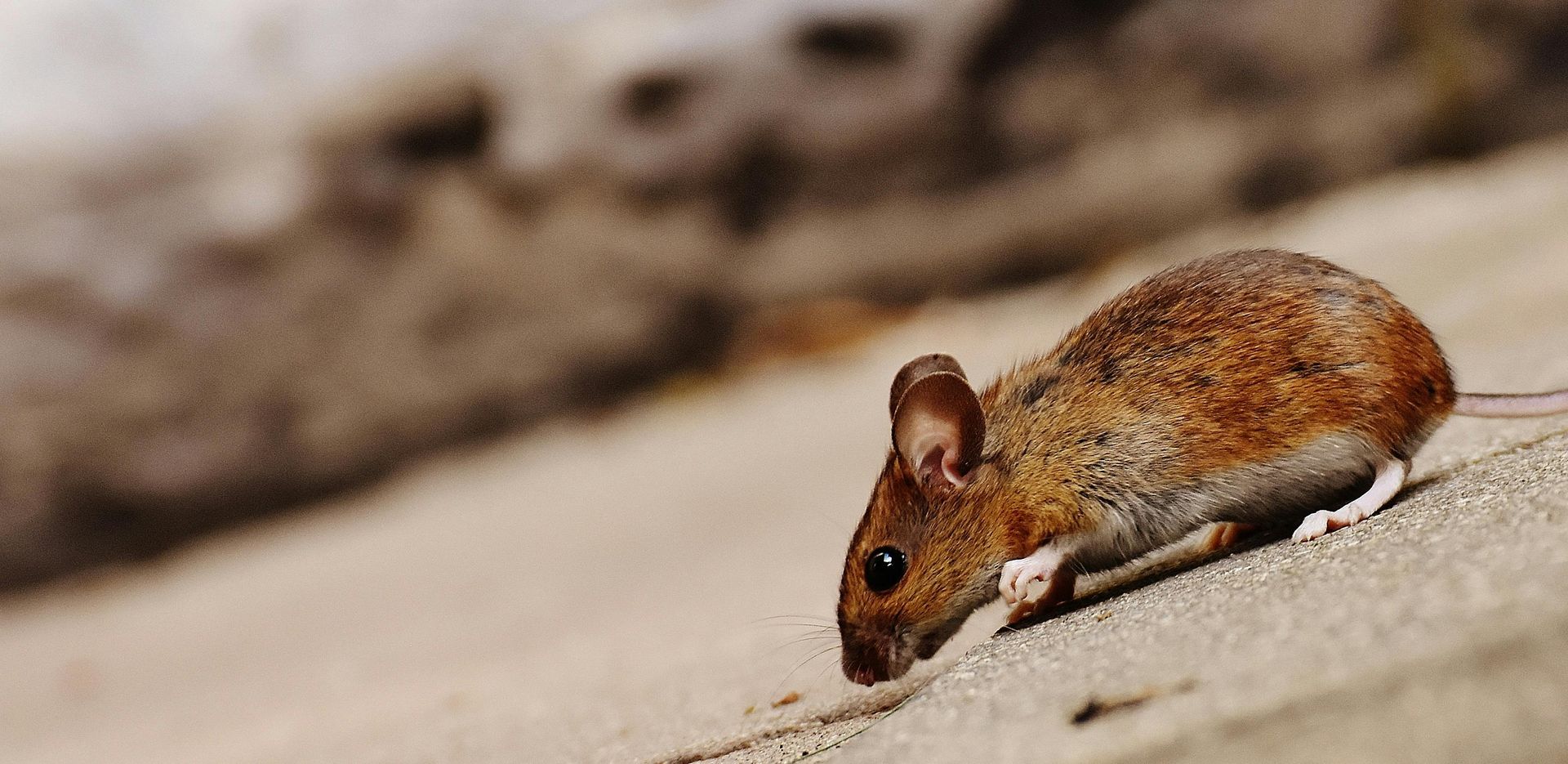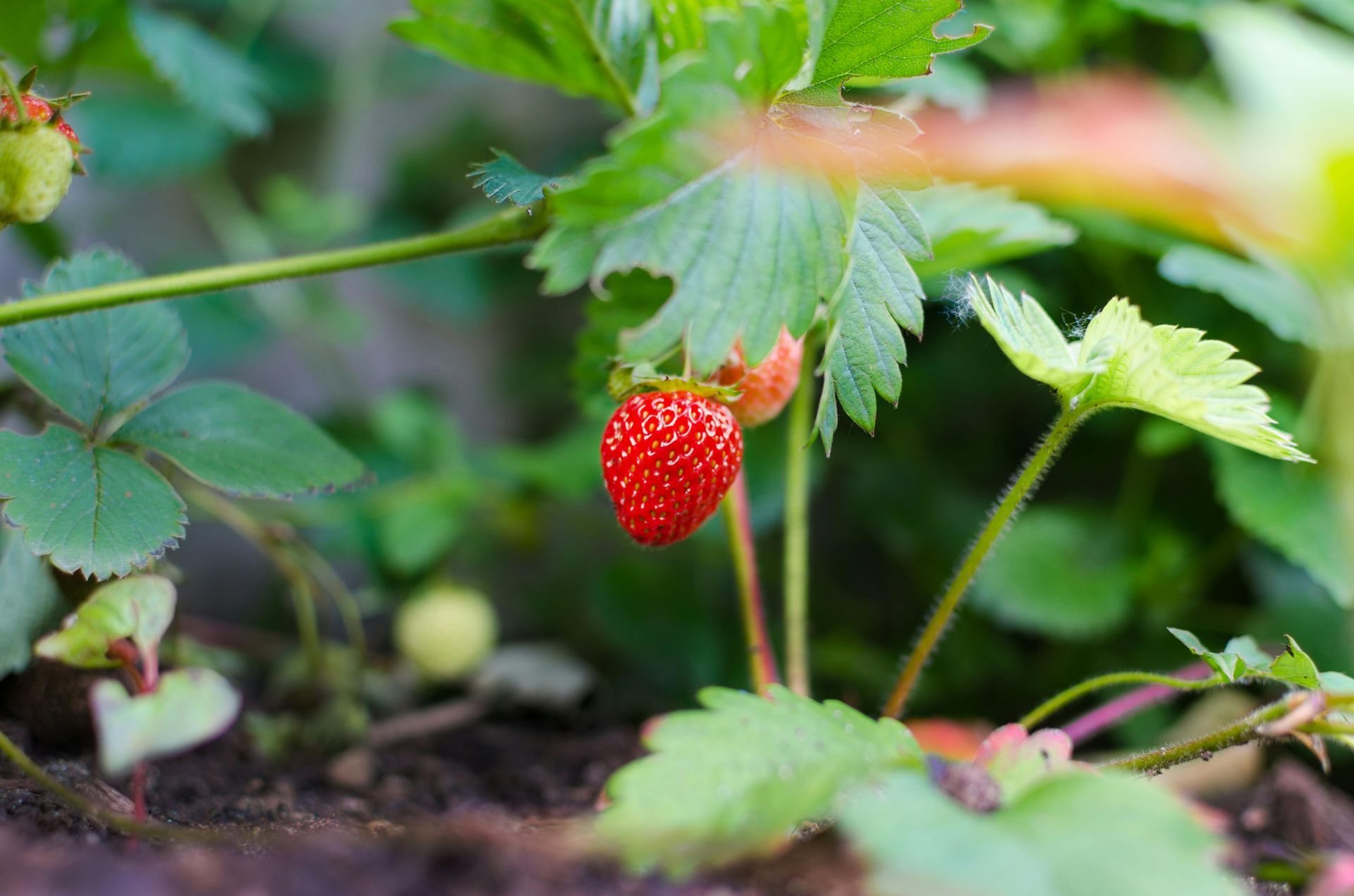Fortify Your Foundation: Seasonal Home Maintenance to Prevent Pests
Maintaining a home in Nevada requires more than just aesthetic considerations; it involves a strategic approach to pest prevention. The arid climate and fluctuating temperatures of this region create an ideal environment for a variety of pests, making it essential for homeowners to adopt a proactive maintenance schedule. By understanding and implementing seasonal home maintenance tasks, Nevada residents can safeguard their homes against unwanted invaders, ensuring a comfortable and pest-free living space.
Spring Maintenance Tasks
As the weather warms up in spring, pests become more active. It's important to inspect and repair any damage to screens, doors, and windows to prevent entry points for pests. Cleaning gutters and downspouts is also crucial, as water accumulation can attract pests. Trimming back trees and shrubs from the house eliminates pathways for pests. It's also a good time to check for any signs of pest activity. Conduct a thorough inspection around the foundation and in the basement for cracks or holes that might serve as entry points.
Sealing these gaps with appropriate materials can help maintain a pest-free environment. Refreshing caulk around windows and doors not only keeps pests out but also improves energy efficiency. Don't forget to inspect outdoor lighting fixtures, as they can attract insects; consider replacing traditional bulbs with yellow "bug" lights to minimize attraction. Lastly, ensure that any firewood is stored at least 20 feet away from your home to reduce the chances of pests using it as a bridge.
Summer Maintenance Tasks
During the summer, ensuring proper sealing of home foundations and repairing any cracks is vital to prevent ants and other insects from entering. Maintaining a clean yard by removing debris and clutter helps eliminate hiding spots for pests. Regularly inspecting outdoor furniture and play equipment for signs of pests is also important. Keeping food storage areas clean deters ants and rodents, which are more active in the summer months.
It's a good idea to monitor and repair any leaks or drips in outdoor faucets and hoses, as persistent moisture can attract pests. Consider using natural pest repellents or barriers around entry points to further safeguard against insects. Regularly mowing the lawn and keeping grass trimmed reduces the habitat for ticks and fleas. If you have fruit trees or vegetable gardens, promptly harvesting ripe produce and disposing of fallen or rotting items helps minimize pest attraction. Lastly, using tightly sealed garbage bins and emptying them regularly is essential in keeping raccoons and other scavengers at bay.
Fall Maintenance Tasks
As temperatures start to drop in fall, sealing cracks and gaps around the home becomes a priority. Focus on areas like siding, utility pipes, and chimneys. Raking leaves and removing yard waste prevents pests from making nests in the debris. Storing firewood away from the home is another essential step to prevent it from becoming a pest habitat. Inspecting and repairing roof and attic ventilation can also help prevent pests from entering as they seek warmth.
Consider installing door sweeps on exterior doors to close any gaps that might allow pests inside. Checking the foundation for any low spots where water might pool can prevent moisture-related pest issues. If you have plants near the house, trimming them back keeps branches from touching the walls, which could serve as bridges for pests. It's also the perfect time to clean and store patio furniture to prevent spiders and other insects from settling into crevices. Lastly, ensure your home's heating system is serviced and in good working order, as a warm home is key to deterring unwanted critters from seeking refuge inside.
Winter Maintenance Tasks
In winter, rodents often seek warmth indoors. Checking for signs such as droppings or gnaw marks can help detect their presence early. Proper insulation and sealing of attics and basements deter pest entry during the colder months.
Monitoring indoor plants for pests that might have moved inside with the cold is also important. Keeping an eye on plumbing and repairing any leaks helps avoid creating humid environments that attract pests.
Adapting Maintenance Practices for Nevada's Unique Environment
Nevada's dry climate and temperature extremes significantly influence pest behavior. Homeowners in this region need to adapt their maintenance practices accordingly. For instance, the lack of moisture can drive pests indoors in search of water sources, making leak repairs and water management crucial.
Local pests such as scorpions, spiders, and rodents are particularly troublesome in Nevada. Seasonal maintenance can mitigate their impact by addressing entry points and removing potential habitats. By understanding the specific challenges posed by Nevada's environment, homeowners can tailor their maintenance efforts to effectively prevent pest infestations.
The Year-Round Benefits of Proactive Maintenance
Maintaining a consistent home upkeep schedule offers numerous advantages. It not only prevents pest infestations but also leads to long-term cost savings and health benefits. By remaining vigilant and proactive throughout the year, homeowners can ensure a safe and comfortable living environment.
In Nevada, where the climate poses unique challenges, staying on top of seasonal home maintenance is especially important. By taking the necessary steps to prevent pest infestations, homeowners can protect their homes and enjoy peace of mind year-round.
The Importance of Professional Pest Control Services
While regular home maintenance is crucial, professional pest control services provide an additional layer of protection. Experts in pest management understand the local pest species and their behaviors, offering targeted solutions that can effectively prevent infestations. Regular inspections by pest control professionals can identify potential issues before they become major problems, saving homeowners time and money in the long run. By partnering with a reliable pest control service, homeowners can ensure comprehensive protection against pests, tailored to the unique conditions of Nevada.
Seasonal home maintenance is an essential strategy for preventing pest infestations in Nevada's challenging environment. By adapting maintenance practices to the unique climate and local pest behaviors, homeowners can effectively protect their homes year-round. Combining proactive maintenance with professional pest control services ensures a comprehensive approach to pest prevention. With these efforts, Nevada residents can enjoy a safe, comfortable, and pest-free living environment.
For expert assistance in maintaining a pest-free home,
contact Natura Pest Control today. Our team of professionals is dedicated to providing tailored pest control solutions that address the specific challenges of Nevada's environment.




